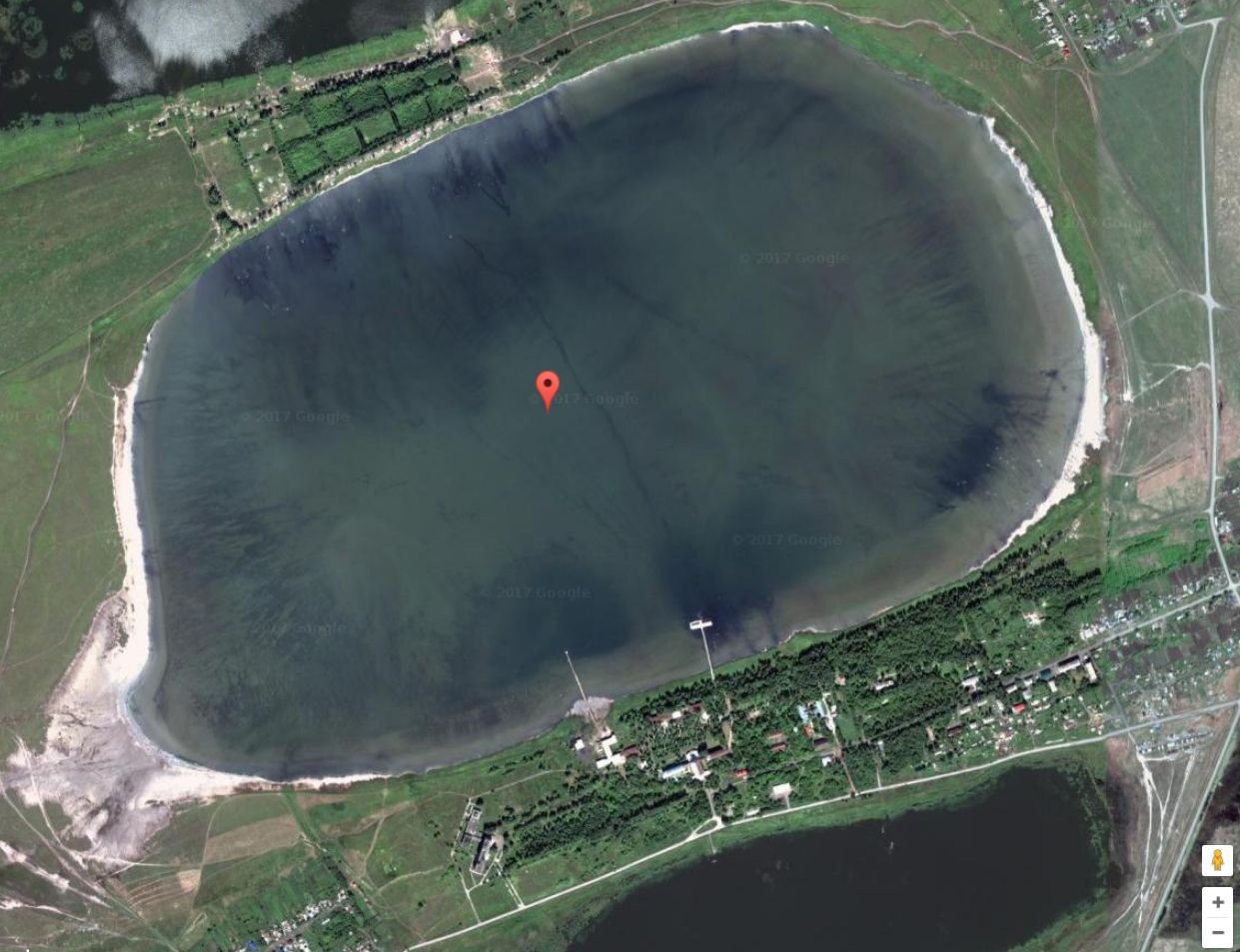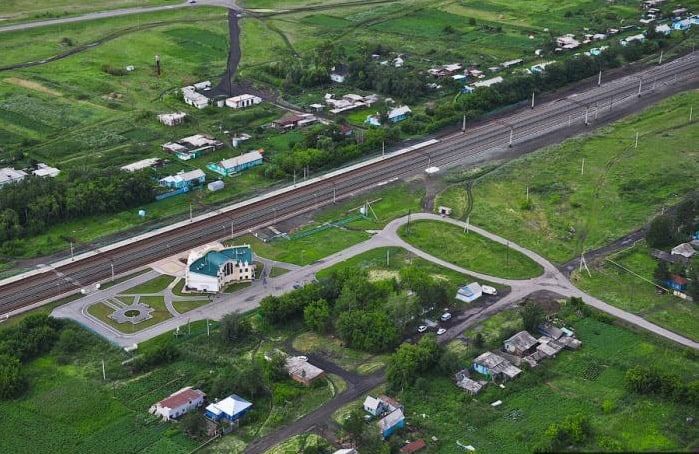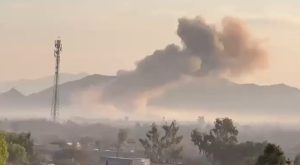MOSCOW – Believe it or not, there is a lake in Russia named ‘Lake Karachay’, often spelled as ‘Lake Karachi’, although it has no connection with the Pakistani port city, Karachi.
Ozero Karachi is a natural lake that emerged in 1951 covering a surface area of 3 km2 having an average depth of 3 meters (10 feet).
It boasts a total water volume of 0.01 km3 and has a total shoreline of 7 kilometers.
The lake, which sits at an elevation of 100 meters (329 feet), drains a watershed that covers 731 km2 and has a residence time of 197 days.
Ozero Karachi also holds historical importance as the Soviet Union used it as a dumping site for radioactive waste from Mayak, the nearby nuclear waste storage and reprocessing facility.

Interestingly, Pakistan’s metropolis Karachi also holds distinction in terms of pollution but the Russian lake is one of the most polluted places on Earth as it accumulated some 4.44 exabecquerels (EBq) of radioactivity over less than one square mile of water, including 3.6 EBq of caesium-137 and 0.74 EBq of strontium-90.
The sediment of the lake bed is estimated to be composed almost entirely of high-level radioactive waste deposits to a depth of roughly 11 feet.
As of December 2016, the lake’s status is completely infilled, using special concrete blocks, rock, and dirt. It had been completely backfilled in November 2015, then monitored before placing the final layer of rock and dirt.
Monitoring data showed ‘clear reduction of the deposition of radionuclides on the surface’ after 10 months
The name ‘karachay’ or twisted as Karachi means ‘black water’ or ‘black sea’ in several Northwestern Turkic languages, including Tatar.














